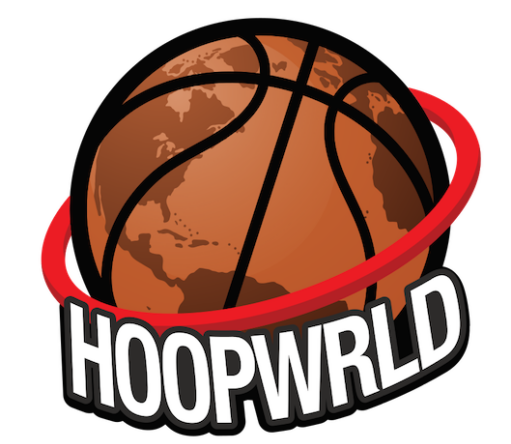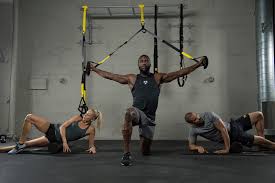Kevin Durant’s eyes light up when he talks about those early days at the rec center. Not the gleaming practice facilities or state-of-the-art training complexes that define his professional life, but that worn-down community court where he first learned to believe in himself. Where pickup games weren’t about showcasing for scouts or building highlight reels, but about something deeper—belonging, growth, and the pure joy of competition.
“That’s how he got better,” Durant reflects on those formative years on the Mind the Game podcast. “How his confidence and belief built.” It’s a story that echoes through basketball history, yet feels increasingly distant from today’s hyper-organized, commercially-driven youth sports landscape.
The Evolution Away from Community
Modern basketball has become a well-oiled machine of efficiency. AAU tournaments replace neighborhood pickup games. Private trainers substitute for older players teaching the ropes. Instagram highlights matter more than the relationships built through countless hours of shared struggle and triumph on asphalt courts.
The shift isn’t entirely negative—today’s players are more skilled, better conditioned, and more strategically sophisticated than ever before. But something essential has been lost in translation. The organic mentorship that happened when 16-year-olds played alongside 30-year-olds. The way basketball served as a social fabric that connected communities across age, background, and circumstance.
In the pursuit of optimization, we’ve optimized away the very thing that made basketball special: its role as a gathering place where young people could discover themselves through play, failure, and gradual mastery alongside others on the same journey.
What We’ve Lost
The rec center experience Durant describes wasn’t just about basketball development—it was about human development. Those unstructured hours on the court taught lessons that no organized program could replicate:
Authentic confidence building. When a teenager holds their own against adults in pickup games, they discover something real about themselves. Not the manufactured confidence of participation trophies, but the earned confidence that comes from proving you belong through your play.
Natural mentorship. Older players would take younger ones under their wing, not because they were paid to coach, but because they saw potential and remembered when someone did the same for them. This created chains of investment that strengthened entire communities.
Conflict resolution. Pickup basketball taught players how to handle disputes, negotiate fair play, and maintain relationships even when things got heated. These weren’t refereed games—they were exercises in social navigation that prepared young people for life beyond basketball.
Belonging without barriers. The court was democratic in a way that few spaces are. Your background, your family’s income, your academic performance—none of that mattered if you could play. Everyone was welcome if they showed up ready to compete and contribute.
The Path Back
Reclaiming basketball’s community soul isn’t about rejecting all modern developments, but about being intentional about preserving what matters most. Here’s how we can start:
Invest in public courts. Cities and communities need to prioritize maintaining and improving public basketball facilities. Not just the hoops and nets, but the entire environment—lighting for evening play, safe surroundings, and spaces where people want to gather.
Create intergenerational opportunities. Organized leagues should include divisions where different age groups can play together. Some of the most valuable basketball education happens when experience meets enthusiasm across generational lines.
Embrace unstructured play. Parents, coaches, and program directors should actively encourage free play time. Schedule it into training programs. Create spaces where kids can experiment, fail, and discover without adult intervention or evaluation.
Support community programming. Rec centers, YMCAs, and community organizations need resources to maintain open gym time and informal programs. These spaces serve as basketball’s equivalent of public libraries—essential community infrastructure that enriches everyone.
Celebrate local stories. Every community has its basketball legends—not just the ones who made it professionally, but the players who embodied what the game could be at its best. Sharing these stories helps younger players understand they’re part of something bigger than themselves.
The Ripple Effect
When basketball thrives as a community institution, the benefits extend far beyond the court. Young people develop social skills, learn from mentors, and discover their own capacity for growth and leadership. Communities become more connected as the court serves as a gathering place where relationships form across traditional boundaries.
Durant’s story resonates because it reminds us that basketball at its best isn’t just about creating professional athletes—it’s about creating confident, connected human beings who understand their own potential because they discovered it through play.
The rec center experience he describes wasn’t just where he learned to play basketball. It was where he learned to believe in himself, to compete with grace, and to find his place in a community that valued both individual excellence and collective joy.
Moving Forward
The challenge isn’t choosing between old and new approaches to basketball development, but finding ways to honor what made the game special while embracing what makes it better. The best modern programs understand that skill development and community building aren’t competing priorities—they’re complementary ones.
Players who grow up understanding basketball as both individual pursuit and communal experience become more complete athletes and more grounded people. They carry forward the game’s values of respect, hustle, and mutual support, whether they’re playing in the NBA or teaching their own kids to shoot in the driveway.
The rec center might look different today than it did when Durant was learning the game, but its essential purpose remains the same: to provide a space where young people can discover who they are through the beautiful, challenging, community-building game of basketball.
The question isn’t whether we can bring back that magic—it’s whether we’re willing to prioritize it. The courts are waiting. The community is ready. All we need is the commitment to show up and let the game be what it’s always been at its best: a place where everyone belongs, everyone can grow, and everyone can find their way to believe in themselves.
The ball is in our court.




